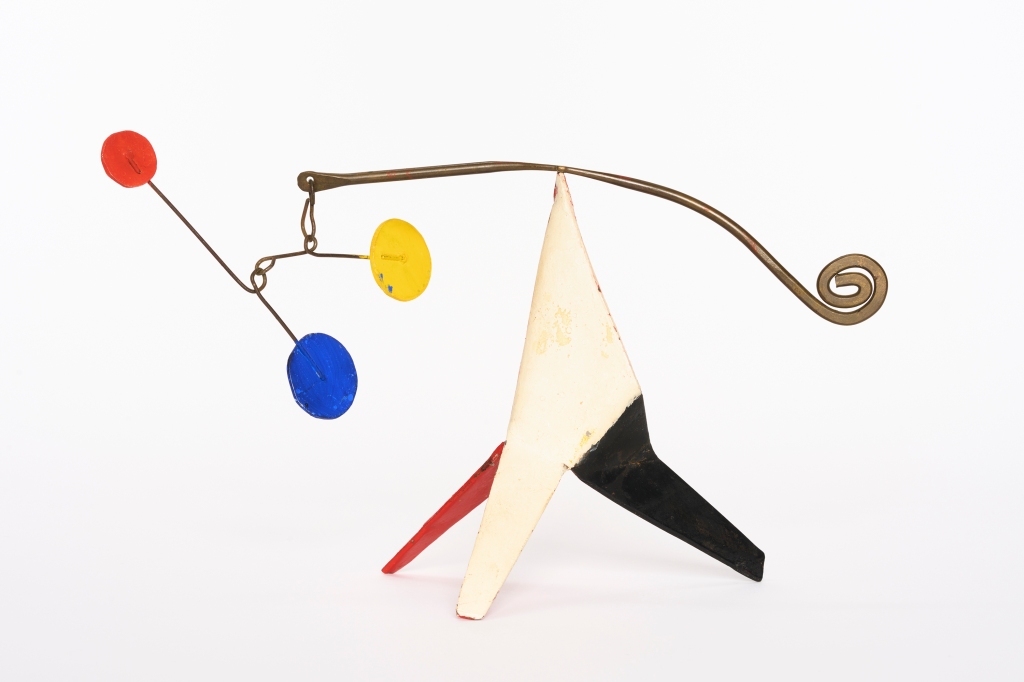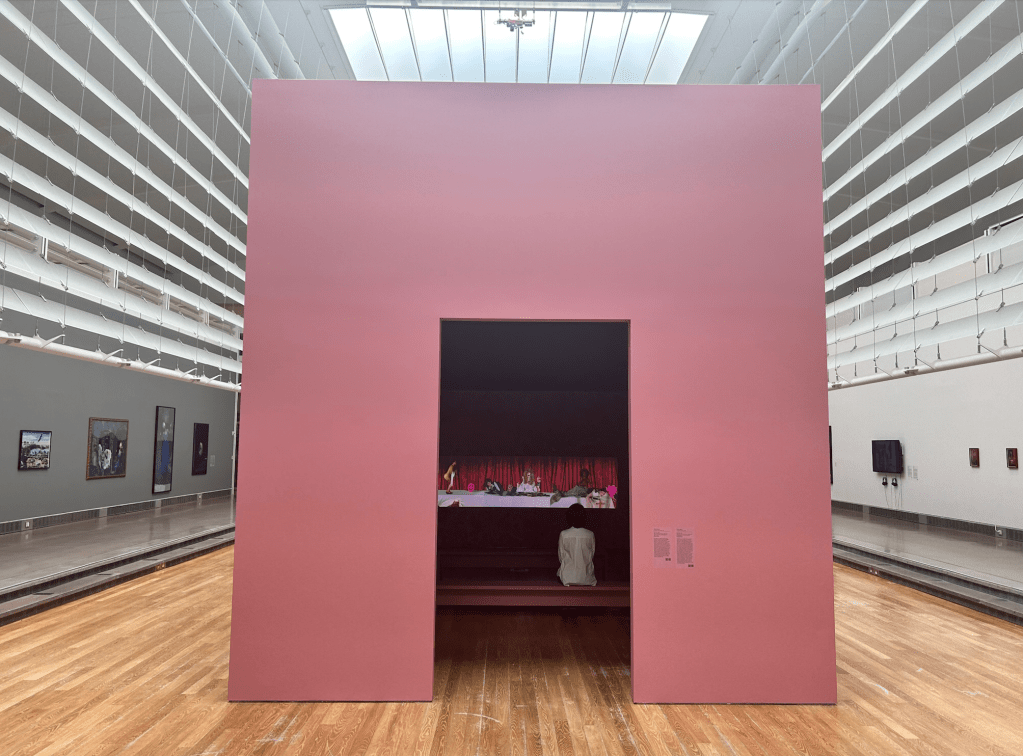American Women’s History Museum Gets Founding Director, Columbus Museum Names New Leader, and More: Morning Links for March 14, 2023
To receive Morning Links in your inbox every weekday, sign up for our Breakfast with ARTnews newsletter.
The Headlines
BIG HIRE, PART 1. The Smithsonian tapped Nancy Yao, the president of the Museum of Chinese in America in New York, to be the founding director of the American Women’s History Museum in Washington, D.C. Yeo has led MOCA since 2015, overseen plans to have artist and architect Maya Lin design a permanent home for the museum, and run three New York City Marathons to raise funds for the institution, the Washington Post reports. In 2020, a building that housed much of MOCA’s collection was destroyed in a fire, damaging some material. The Chinatown museum has also faced criticism from activists for accepting city funds as part of a push to expand a jail in the area. “The last eight years have been hard; everything that could possibly hit us did,” Yao told Zachary Small in the New York Times. The new museum was authorized by Congress in 2020; its eventual location has not yet been decided.
BIG HIRE, PART 2. The Columbus Museum of Art in Ohio has named arts administrator and art historian Brooke A. Minto to be its next director and CEO. Minto, the inaugural executive director of the New York–based Black Trustee Alliance for Art Museums, is filling a role left vacant when Nannette Maciejunes retired in January after two decades leading the institution. She has also held positions at the Advisory Board for the Arts in Washington, D.C., and New York; the Zeitz Museum of Contemporary Art Africa in Cape Town, South Africa; the New Museum in New York and other major museums. “I am inspired and energized by the prospect of engaging a new cultural community rich with history and driven by excellence,” she said in a statement, and the Ford Foundation’s president, Darren Walker, said in one of his own that “her unwavering support of art and artists continues to inspire me.” She starts May 15.
The Digest
The estate of Yoo Youngkuk, one of Korea’s most important and influential artists whose work has not been widely exhibited outside of his home country, will now be jointly represented by mega-gallery Pace and PKM, one of Seoul’s leading galleries. [ARTnews]
Pritzker Prize–winning architect Shigeru Ban, whose credits include the Aspen Art Museum, has stepped in to aid victims of the recent earthquake in Syria and Turkey, giving them his cardboard-and-fabric Paper Partition System, which can be used to create shelter spaces indoors. [Dezeen]
Fashion designer Paul Smith has created a new installation of the collection of the Musée Picasso in Paris. “I am not comparing myself to Picasso in any way,” he said. “But I can relate to the way he was just interested in ‘stuff.’ And he had this lovely, childlike approach to it.” [Financial Times]
Some in Haverfordwest, Wales, are displeased that the cost of a government-backed development project has doubled, to £12.3 million (some $15 million), with about £1.5 million of that coming from digging up 200-plus skeletons found on the site. The remains are believed to be associated a medieval priory that once existed there. [BBC News]
The Portland Art Museum in Oregon apologized to an Indigenous woman who was told by a staffer that she could not enter an exhibition while wearing a traditional woven baby carrier because it violated its no-backpacks policy. She declined to remove it and posted about the experience on Facebook. The museum said the policy should not have been applied in that way. [Oregonlive/The Oregonian]
In Miami, a federal judged sentenced art dealer Eduardo Ulises Martinez to more than four years in prison for smuggling sculptures containing ivory, as well as obstruction of justice. [Press Release/U.S. Department of Justice]
Christie’s is planning a sale of work by Suzie Zuzek, the artist behind the inimitable prints of fashion label Lilly Pulitzer. [Town & Country]
The Kicker
ART SLEUTHS. Two F.B.I. Art Crime Team officials—one retired, one active—spoke to the New York Times about their work. “We are experts on experts,” Special Agent Elizabeth Rivas told the paper, explaining that if a case pertains to “fakes involving a specific artist, I usually have read the books and I’ve seen all the documentaries.” They also get training on how to handle cultural objects. “You treat a Basquiat painting differently than you treat a Glock 19 handgun,” Special Agent Allen Grove said. [NYT]



